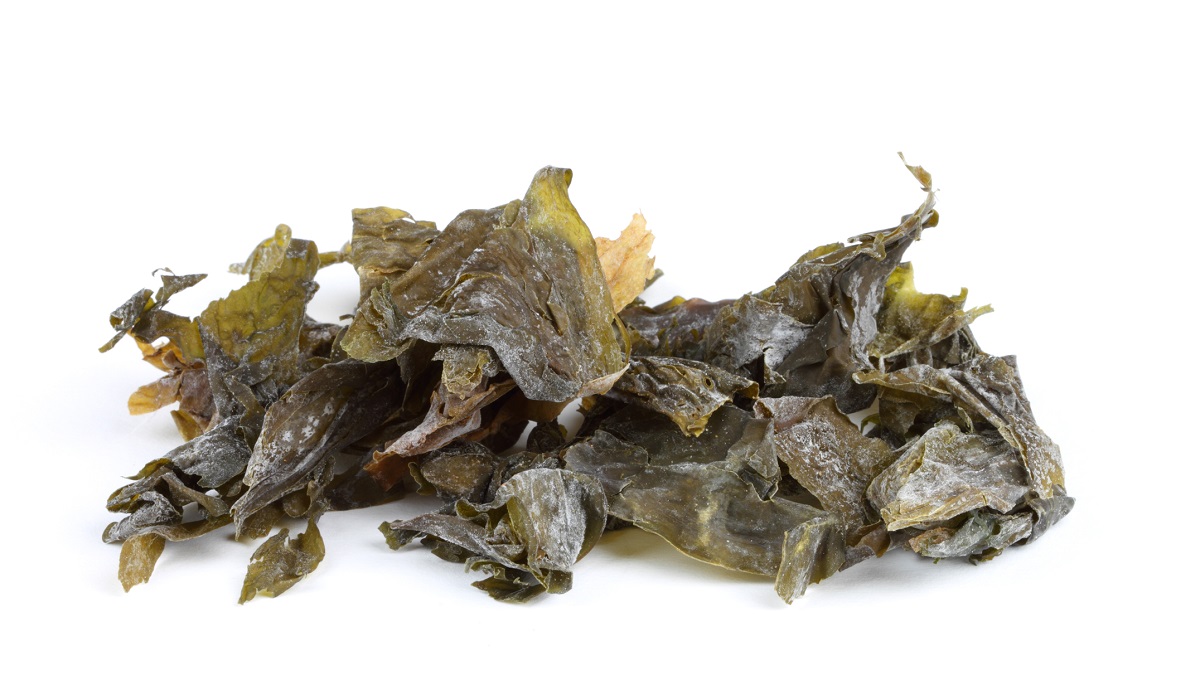Heavy metals are the main hazard for consumers when eating seaweed harvested in Nordic countries, according to a report.
The report covers the safety of seaweed used as food, with a focus on chemical and microbiological hazards. The main hazards for seaweed harvested in Nordic countries are iodine, cadmium, and inorganic arsenic. Other issues are nickel, lead, and mercury, Bacillus in heat-treated products, kainic acid in dulse seaweed, and allergens.
Experts said levels of heavy metals and iodine vary greatly between and within species and can be affected by age, growing conditions, and processing methods. Data on iodine, cadmium, inorganic arsenic, lead, and mercury in seaweed from different Nordic nations have confirmed the variations.
In 2020, a project funded by the Nordic Council of Ministers started involving food agencies in Denmark, Iceland, the Faroe Islands, Sweden, and Norway and a report has recently been published.
Need for seaweed-specific rules
The authors of the report called for a common Nordic approach because of differences in tradition, food culture, production methods, seawater quality, and types of seaweed species used. They recommended developing food safety legislation for seaweed, in which it should be classed as a specific group of foodstuffs, with subgroups for different species.
Europe lacks specific rules on food safety for the products. In the EU, there is limited experience in using seaweed, and little is known about the potential risks and benefits to human health when it is consumed. There are also no international standards on seaweed safety, such as Codex guidelines.
The European Food Safety Authority (EFSA) has published findings on dietary exposure to metals and iodine in seaweed. The highest mean occurrence levels were reported for iodine. For heavy metals, the biggest mean levels were for arsenic, in particular total arsenic but also in a few samples for inorganic arsenic and cadmium. Mean concentrations of mercury in seaweeds were the lowest. The highest levels were reported for brown seaweeds, followed by red and green seaweeds.
In 2022, the UN Food and Agriculture Organization (FAO) and World Health Organization (WHO) issued a report looking at microbiological, chemical, and physical hazards linked to eating seaweed and aquatic plants.
Guidance is needed for producers and public agencies to ensure food safety, facilitate uniform control and trade, and support innovation and growth, according to the Nordic report.
Nordic species are used as ingredients in foodstuffs such as spices, bread, pesto, fish cakes, beverages, and food supplements and as a main ingredient in snacks, crisps, soups, salads, pasta, and smoothies. Imported species nori, kombu, and wakame are used in sushi and other Asian dishes.
Potential hazards identified
Seaweed can be produced by aquaculture or harvested from wild stocks in the sea. It is sold fresh or after processing, such as drying, rinsing, blanching, freezing, and fermentation. Processing methods may alter the risk as it is possible to reduce iodine content. However, some products may still contain high levels after this step.
In general, brown algae have the most iodine content, with the highest levels found in the species sugar kelp, winged kelp, oarweed, and tangle. Red and green algae species have lower levels of iodine, except for the red algae wrack siphon weed. Oarweed can have very high levels of inorganic arsenic, while cadmium is highest in several brown and red algae.
One outbreak in 2019 was caused by Norovirus in frozen wakame seaweed salad from China. The salad was suspected of being the cause of more than 100 cases from at least 11 eateries in different areas of Norway. Microbial contamination may occur when seaweed is harvested from polluted water or after harvest due to factors such as poor handling.
Other issues may include physical hazards such as sand and stones or allergens from seaweed or traces of crustaceans, mollusks, or fish.
Hazards in seaweed in Nordic countries may change in the future, with new data from research, and conditions may be affected by climate change, such as increased sea temperature. New seaweed species may also be introduced to Nordic waters.
(To sign up for a free subscription to Food Safety News, click here.)

